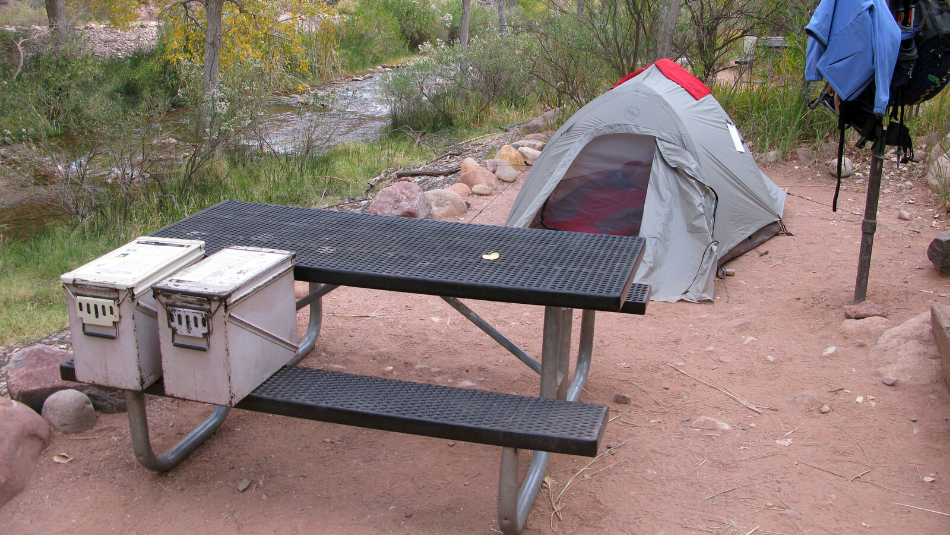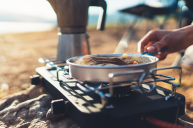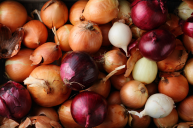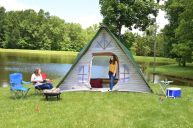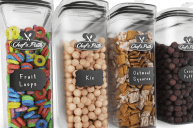Getting outside is always good, and this year camping in the wild far away from other people may be your best bet for a vacation. You don't have to be a camping expert to spend a few days on a camping trip, but it helps to prepare a few things before you leave the house, including what to eat, how to cook your meals and how to make that all important cup of morning coffee. But while you're thinking about your food checklist, there's one other critical thing to consider: your camping food storage plan.
Good camping food storage meets two main goals of campsite maintenance: keeping things organized and easy to find or use, and keeping animals away from your food, which protects them and you. Whether you're car camping, backpacking or setting up a stationary campsite with a camper or tent, you need a solid camping storage strategy.
Make a Camping Food Storage Plan that Fits Where You're Camping
https://www.instagram.com/p/B1NRQa0hilF/
The first thing to consider in your food storage plan is where and how you're camping. Hiking through the backcountry requires a different set of supplies than if you're going to be at a campsite, but either way you want to keep things organized. Plan out your meals carefully and you won't need to bring everything from your home kitchen just in case. Get reusable food storage containers to pack your ingredients in; they're good for packing leftovers and they help cut down on trash. Just make sure to wash them well when they're empty.
Bear-Proof Your Campsite
If you're camping in a national park or state park, check online or with the main park office to see what kind of rules they have. Some parks in bear country require you to use a bear canister. These bear-resistant food containers may be available at the campground or you may be able to bring your own. You may also be able to use a hard-sided cooler that's been approved by the U.S. Forest Service.
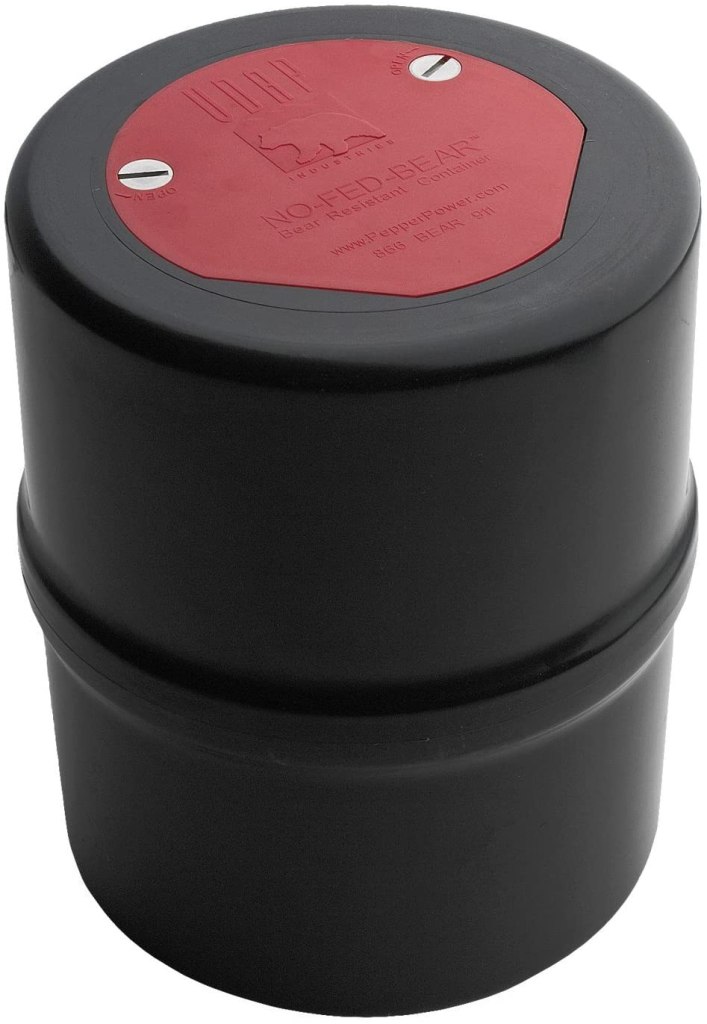
If you're hiking, you may want to use a bear bag. Place your food and toiletries in a bag, attach the food bag to a strong rope and toss the end of that rope over a sturdy branch. Hang the bag far enough off the ground that a bear can't easily get to it, but don't tie it up right next to the tree branch, otherwise you could feed the local squirrels.
Be careful storing food in your car, too. If the bears in your camping area are smarter than the average bear, they've learned what ice chests and food storage containers look like and they can and will break into cars to get at food. Throw a tarp or blanket over anything that looks like an ice chest or food box.
Keep Other Critters out of Your Food and Trash
Even if you're not in bear country, there are critters that would like to share in your camp food bounty. Mice and ants will find any crumbs of food or food left uncovered, so keep your camp kitchen clean and make sure your food is stored in airtight containers. Raccoons will get into your camping food storage and trash, so pack your trash in an airtight container or take it to the approved trash cans as soon as you're finished with a meal.
Camping Food Storage with an Eye to Food Safety
Part of camping food storage is making sure your perishables stay safe so that you don't get sick. Don't leave food out on the picnic table (good advice both for keeping critters away and keeping food fresh). Store food in ice chests with the correct amount of ice and check it to make sure the temperature is steady and where it should be to keep your food cold enough.
With the right camping gear and some planning, your camping trip will be nothing but good memories from your meals around the campfire.
